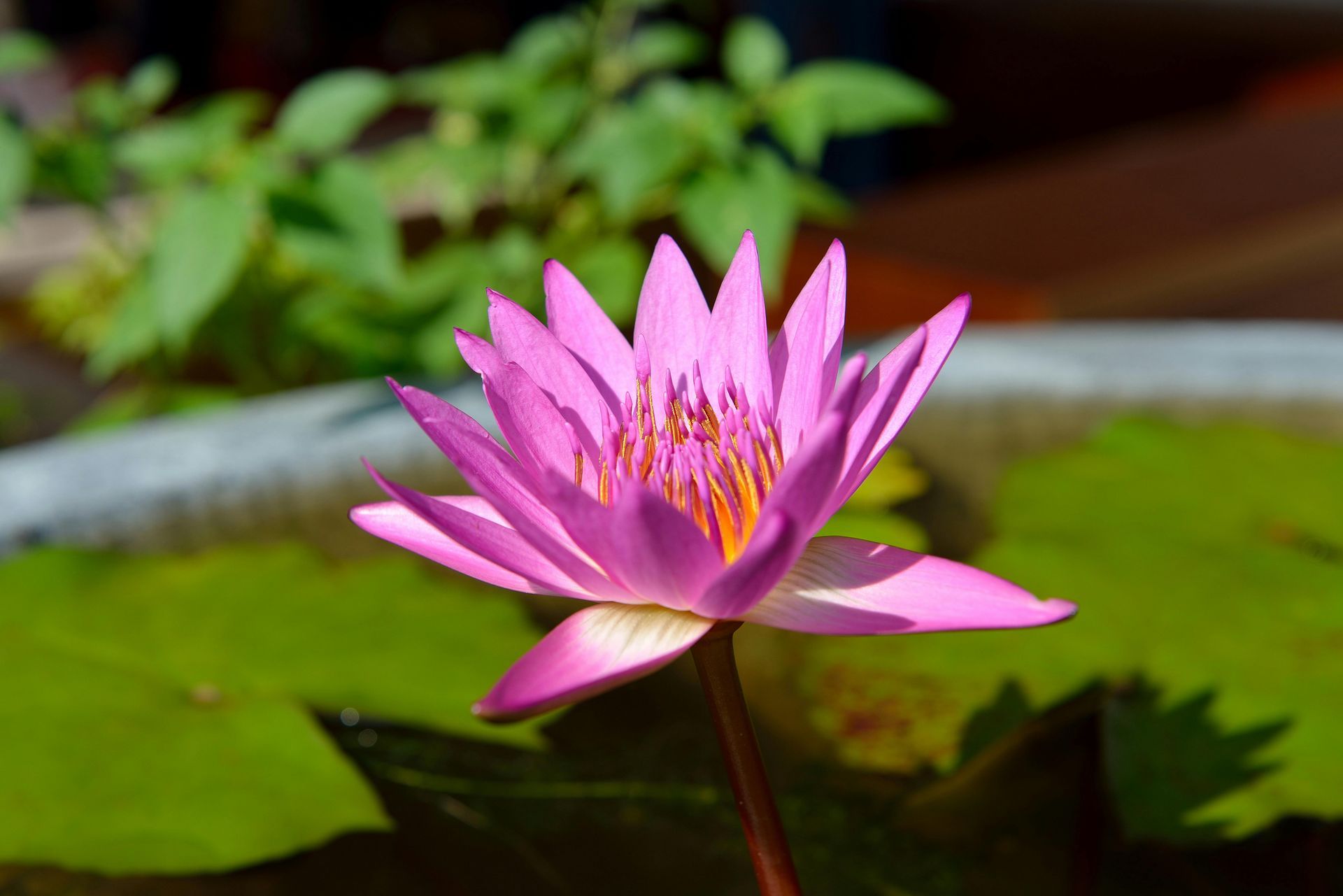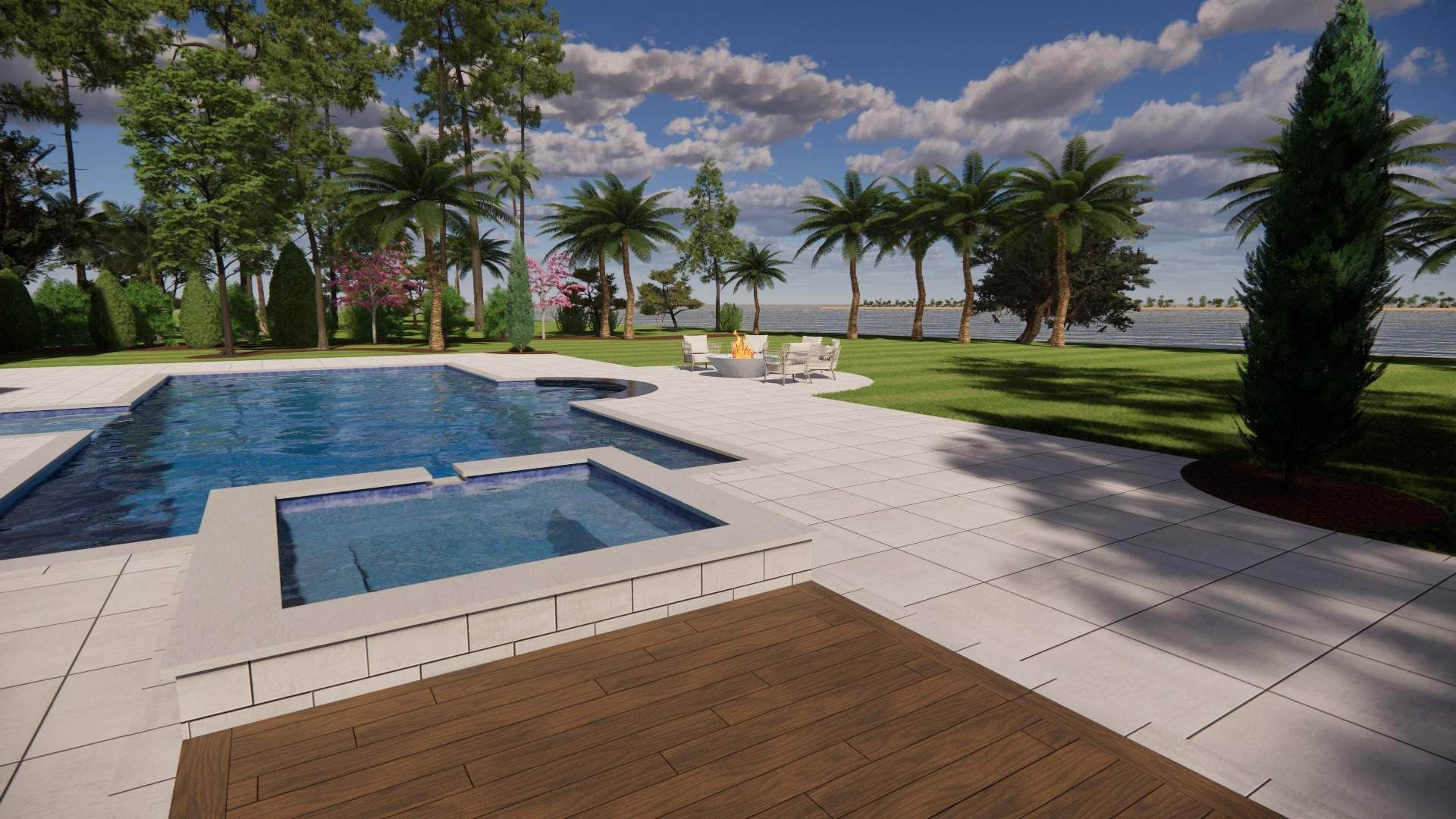Implementing Eco-Friendly Landscaping Practices for a Greener Future

Transform Your Outdoor Space: Implementing Eco-Friendly Landscaping Practices for a Greener Future
Creating a beautiful yard while protecting the earth is possible. Eco-friendly landscaping practices help you achieve both goals. You can have a lovely outdoor space that also supports nature. Here’s how you can make your yard or garden more sustainable and enjoyable.
Key Takeaways
- Choose native plants to support local wildlife and reduce water use.
- Use compost for natural nutrients instead of chemical fertilizers.
- Practice water conservation through smart irrigation systems.
- Create habitats for birds and beneficial insects.
- Minimize lawn areas to reduce maintenance and water use.
For more tips on selecting plants that thrive in your area, explore information on local flora and best practices.
What is Eco-Friendly Landscaping?
Eco-friendly landscaping means designing and maintaining gardens and yards in a way that is good for the earth. This practice focuses on using natural materials and methods that do not harm the environment. It aims to create spaces that are beautiful yet sustainable.
You might wonder how this applies to you. In Hilton Head Island, South Carolina, you can create a vibrant landscape that not only looks good but is also friendly to wildlife and the environment.
Benefits of Eco-Friendly Landscaping
There are many reasons to choose eco-friendly options.
Healthier Environment
Using eco-friendly landscaping helps improve air and water quality. Plants absorb carbon dioxide and release oxygen. They can also filter pollutants from rainwater.
Cost Savings
Many eco-friendly practices save you money. For example, using native plants means less watering. This can lower your water bill. Composting reduces the need for store-bought fertilizers, saving you money and resources.
Supporting Local Wildlife
By planting native species, you provide food and shelter for local birds, butterflies, and other wildlife. This creates a healthy ecosystem in your yard.
Aesthetic Appeal
Eco-friendly landscapes can be just as beautiful, if not more so, than traditional landscapes. With thoughtful design, you can create a unique and colorful outdoor space that reflects your style.
Eco-Friendly Practices Description Benefits
- Native Plants Plants that naturally grow in your area Low maintenance and water use
- Composting Recycling organic waste to enrich soil Natural fertilizer and waste reduction
- Drip Irrigation Efficient watering system that targets plant roots Saves water and reduces evaporation
Choosing the Right Plants
One of the biggest steps in eco-friendly landscaping is selecting the right plants.
Native Plants
Native plants are those that grow naturally in your area. They require less water and care compared to non-native plants. They are also better suited to local pests and diseases.
In Hilton Head Island, consider using plants like Florida wildflower, saw palmetto, and coastal sage. These plants thrive in the local climate and provide food for native wildlife.
Drought-Tolerant Options
Drought-tolerant plants are great for reducing water use. They can survive with minimal watering. Examples include lavender, yucca, and ornamental grasses. These plants can add beauty while saving water.
Efficient Water Use
Water is a precious resource. Using it wisely is a big part of eco-friendly landscaping.
Smart Irrigation Systems
Instead of watering your lawn daily, consider installing a drip irrigation system. This targets the roots directly. You can also use timers to water in the early morning or late evening. This reduces evaporation.
Rainwater Harvesting
Collecting rainwater is another smart way to save. You can use barrels to catch rain from your roof. This water can be used to water your garden, helping you save on your water bill.
Additional Water Conservation Techniques
- Mulching around plants to retain moisture
- Grouping plants with similar watering needs together
- Using greywater systems for irrigation
Soil Health and Composting
Healthy soil is key to a thriving landscape.
Composting
Using compost adds nutrients back into the soil. You can make compost from kitchen scraps, leaves, and yard waste. This reduces waste and provides a rich, natural fertilizer for your plants.
Natural Pest Control
Instead of chemical pesticides, try natural methods to control pests. For instance, introducing ladybugs helps keep aphid populations down. You can also use neem oil, which is a natural insect repellent.
Hardscaping: Eco-Friendly Options
Hardscaping involves the non-plant elements of your landscape, like patios and pathways.
Permeable Paving
Choose permeable materials for driveways and walkways. These materials allow water to soak through, reducing runoff. This helps recharge groundwater and prevent erosion.
Sustainable Materials
When building structures like decks or fences, use sustainable materials. Look for reclaimed wood or bamboo, which are more environmentally friendly options.
Creating Habitats
Making your yard a welcoming space for wildlife is important.
Birdhouses and Feeders
Installing birdhouses and feeders can attract local birds. This adds life and color to your yard.
Pollinator Gardens
Create a garden that attracts bees and butterflies. Plant flowers like coneflowers, aster, and milkweed. These plants provide food and habitats for pollinators, which are crucial for healthy ecosystems.
Maintenance Tips
Keeping your eco-friendly landscape healthy is essential.
Regular Weeding
Weeds can compete with your plants for nutrients. Regular weeding helps keep your garden healthy. Use mulch around plants to suppress weeds and retain moisture.
Seasonal Care
Each season requires different care. In spring, focus on planting and fertilizing. Summer might need more watering. Fall is the time to prepare plants for winter by mulching and pruning.
Season Key Activities Goals
- Spring Planting, Fertilizing Establish new growth
- Summer Watering, Weeding Maintenance of health and beauty
- Fall Mulching, Pruning Prepare for winter dormancy
- Winter Planning for the next season Ensure a successful spring
Community Involvement
Being involved in your community can enhance your eco-friendly practices.
Neighborhood Clean-Up
Join local clean-up events to help maintain public spaces. This builds community and improves the environment.
Share Knowledge
Share your eco-friendly landscaping tips with neighbors. You can inspire others to create their own sustainable spaces. You might also consider connecting with local gardening clubs to learn and share more.
Conclusion
Implementing eco-friendly landscaping practices is a great way to care for the environment while enjoying a beautiful yard. By choosing native plants, conserving water, and creating habitats, you can make a difference.
As you work on your landscape, remember that every small action counts. Each choice you make can lead to a healthier planet and a vibrant outdoor space for you and wildlife alike.
So, what will you do first? Will you plant some native flowers or start a compost pile? The choice is yours, and every step you take is a step toward a greener future.
With your efforts, your outdoor space can become a sanctuary that supports both beauty and biodiversity right here on Hilton Head Island.



